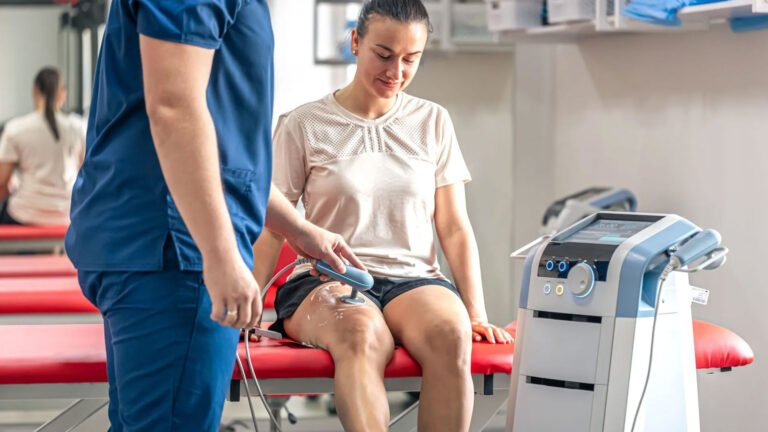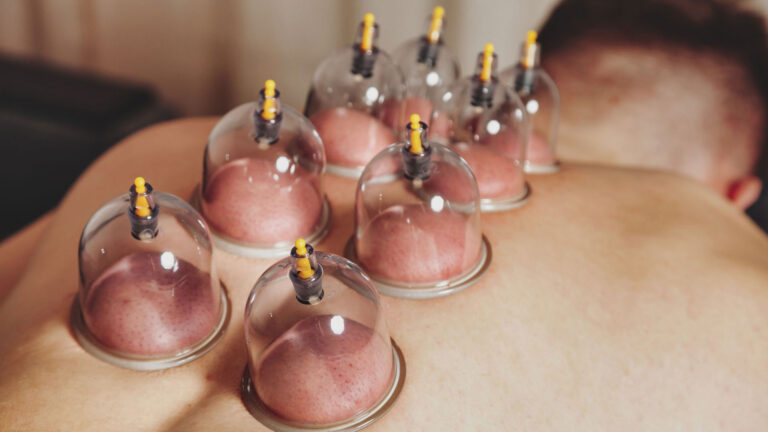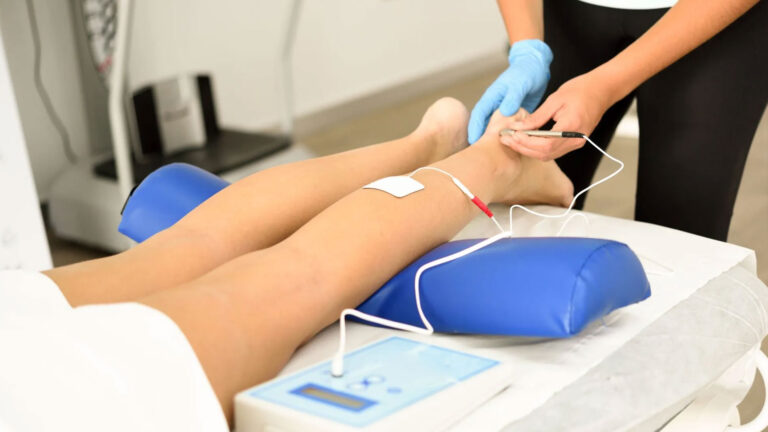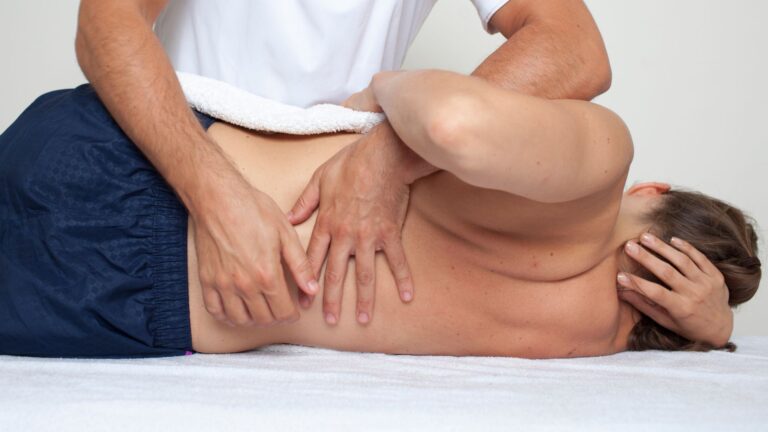FAQs
What causes low back pain?
Low back pain can be caused by a number of factors from injuries to the effects of aging.The spinal cord is protected by the vertebrae, which are made of bone. Between each vertebra are soft discs with a ligamentous outer layer. These discs function as shock absorbers to protect the vertebra and the spinal cord. Many of the problems that cause back pain are the result of herniation and degeneration of the intervertebral disc. Degeneration is a process where wear and tear causes deterioration of the disc. Herniations, or bulging of the disc are protrusions from the disc that press on surrounding nerves, causing pain or numbness.
If I undergo Spinal Decompression treatment, how long does it take to see results?
Most patients report a reduction in pain after the first few sessions. Typically, significant improvement is obtained by the second week of treatment.
How long does it take to complete Spinal Decompression treatment?
Patients remain on the system for 30-45 minutes, daily for the first 2 weeks, three times a week for the following 2 weeks, and followed up by two times a week for the last 2 weeks.
Do I qualify for Spinal Decompression treatment?
Since I began using the Spinal Decompression disc decompression unit, I have been inundated with questions from both doctors and patients as to which cases it will best help. Obviously, proper patient selection is essential to favorable outcomes, so let me explain to you the Inclusion and Exclusion criteria so you may make the right decision since not everyone qualifies for Spinal Decompression treatment.
Inclusion Criteria:
- Pain due to herniated and bulging lumbar discs that is more than four weeks old
- Recurrent pain from a failed back surgery that is more than six months old.
- Persistent pain from degenerated disc not responding to four weeks of therapy.
- Patients available for four weeks of treatment protocol.
- Patient at least 18 years of age.
Exclusion Criteria:
- Appliances such as pedicle screws and rods
- Pregnancy
- Prior lumbar fusion less than six months old
- Metastatic cancer
- Severe osteoporosis
- Spondylolisthesis (unstable)
- Compression fracture of lumbar spine below L-1 (recent).
- Pars defect
- Pathologic aortic aneurysm.
- Pelvic or abdominal cancer
- Disc space infections
- Severe peripheral neuropathy
- Hemiplegia, paraplegia, or cognitive dysfunction
- Are there any side effects to the treatment?
- Most patients do not experience any side effects. Though, there have been some mild cases of muscle spasm for a short period of time.
How does Spinal Decompression separate each vertebra and allow for decompression at a specific level?
Decompression is achieved by using a specific combination of spinal positioning and varying the degree and intensity of force. The key to producing this decompression is the gentle pull that is created by a logarithmic curve. When distractive forces are generated on a logarithmic curve the typical proprioceptor response is avoided. Avoiding this response allows decompression to occur at the targeted area.
Is there any risk to the patient during treatment on Spinal Decompression?
NO. Spinal Decompression is totally safe and comfortable for all subjects. The system has emergency stop switches for both the patient and the operator. These switches (a requirement of the FDA) terminate the treatment immediately thereby avoiding any injuries.
How does Spinal Decompression treatment differ from ordinary spinal traction?
Traction is helpful at treating some of the conditions resulting from herniated or degeneration. Traction cannot address the source of the problem. Spinal Decompression creates a negative pressure or a vacuum inside the disc. This effect causes the disc to pull in the herniation and the increase in negative pressure also causes the flow of blood and nutrients back into the disc allowing the body’s natural fibroblastic response to heal the injury and re-hydrate the disc. Traction and inversion tables, at best, can lower the intradiscal pressure from a +90 to a +30 mmHg. Spinal Decompression is clinically proven to reduce the intradiscal pressure to between a -150 to -200 mmHg. Traction triggers the body’s normal response to stretching by creating painful muscle spasms that worsen the pain in affected area.
Can Spinal Decompression be used for patients that have had spinal surgery?
In most cases Spinal Decompression treatment is not contra-indicated for patients that have had spinal surgery. In fact many patients have found success with Spinal Decompression after a failed back surgery.
Who is not a candidate for Spinal Decompression therapy?
Anyone who has recent spinal fractures, surgical fusion or metallic hardware, surgically repaired aneurysms, infection of the spine, and/or moderate to severe osteoporosis.
Who is a candidate for Spinal Decompression?
Anyone who has been told they need surgery but wishes to avoid it, anyone who has been told there is nothing more available to help, anyone who failed to significantly respond to conservative options (medications, physical therapy, injections, chiropractic, acupuncture), or anyone who still has pain but wishes to obtain the type of care they want.
Related Services
A drug-free, non-invasive therapy that uses low-level light to stimulate healing and reduce pain and inflammation. It's an effective treatment for a range of conditions, including chronic pain, wounds, and musculoskeletal injuries.
A modern adaptation of cupping therapy that utilizes a machine to create suction and pumping movements, facilitating healing by lifting and loosening soft tissues and increasing circulation.
A therapeutic treatment that uses electrical stimulation to reduce pain, improve circulation, and repair tissues. It's a safe, non-invasive technique that can be used to treat a variety of conditions.
A chiropractic therapy that helps increase mobility and alignment of the spine by gently stretching and separating the spinal segments, improving balance and strength.
A personalized program designed to guide individuals in developing mindfulness practices to manage stress, improve mental clarity, and enhance overall wellbeing.
Contact Us
- Phone Number: 703-208-7352
- Fax Number: 1 800-319-4611
- Email Address:elitehwc@gmail.com
- Located: 6521 Arlington Boulevard Ste 110, Falls Church, Virginia 22042, United States
Business Hours
- Mon, Tue, Thu, Fri
- 9:30 am - 5:00 pm
- Wednesday
- 2:00 pm - 5:00 pm
- Sat - Sun
- Closed







